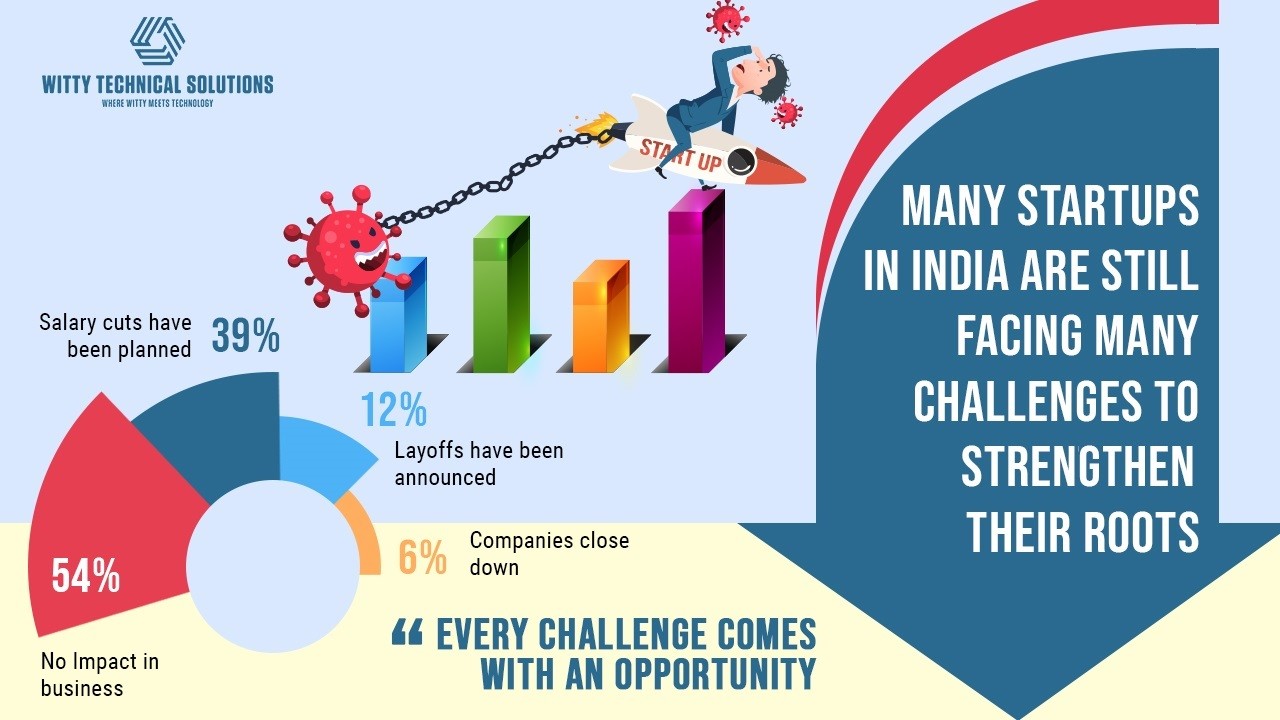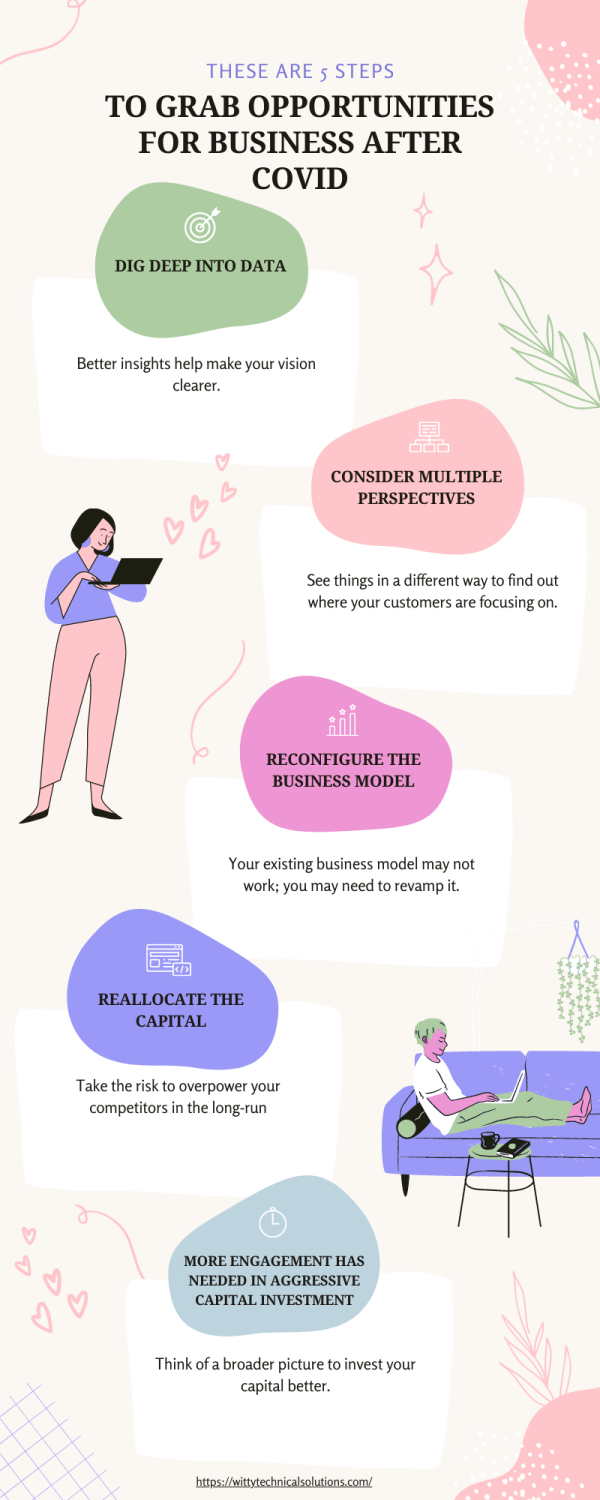
Why is Web Development Important for Business Growth?
While reading the word Web Development, specific questions might have arrived in your mind like:
What is web development?
What is the process of web development?
Why is web development important for business?
Yes? Right. In this era where everything works digitally, your brand needs to have a web presence. Various web development companies in Dublin are available to look after your web presence. If you don’t have a website that supports the audience’s needs, all your efforts are in vain.
So, know you no longer have to get confused about why web development is essential.
What is Web Development?
The web development process concerns web content, web design, network security configuration, client-side scripting, and front-end and back-end development. It involves satisfying clients’ needs and making it easy for them to find information, get contact details, book appointments or order a product. It’s always better to hire a web development company so that you can look at other activities of your business.
What is the process of web development?
1. Gather information
It's obvious to gather complete information about the project you are working on. Learn about business goals and expectations from the clients. And the same way, learn about the client's needs and expectations from the business. By gathering all this information, you need to make the best use of it through the website.
2. Prepare a plan
You need to make a list of specific goals for your website. You have to make the list of information you want to provide on your website, like "educate them about your products or services," "give access to purchase a product from your website," or "book an appointment." You must act per your business goal throughout the web development process.
3. Organize the pages
Here, organizing the pages means the pages that will include in your website. You've to list down the pages that will contain different information like contact details, products, order process, and much more. This will help you to mention all the essential points.
4. Register a domain name
Always create your domain name from your brand name to make it easy for the user to find your website. Keeping a short domain name is recommended because users find it difficult to type or find a brand with a large domain.
5. Perfect content and layout
While creating a website, the web developer should create informative content. The web developer should use content that is easy to understand. Also, all the color schemes and font should be perfect. It should not be larger or smaller.
6. Launching the site
Before launching the website, you must check all the information and design. You must take specific steps to ensure the website is working correctly. After all the verification, you can successfully launch your website.
Importance of website development
1. Easily accessible
The brand can't always be available on the phone to tell the customers about the products and services, so, on their behalf, the website is available 24/7. The website provides every detail about the products and services to the users.
When customers visit the website to purchase a product, all the available options are used to place an order.
2. Brand face
Your website is your brand's face. It conveys your message to the customers. The bold letter, images, and videos communicate with the customers on your behalf. All these points can be helpful for your brand to be easily recognized.
3. Expanding the business
If you're dreaming of growing your business, the best way is to have a strong web presence. All the data gathered from the website help businesses make the correct managerial decisions. By updating your website, you can engage the customers to stay on your website.
4. Attracting traffic
A well-designed website is essential for attracting traffic. The web developer posts content per the keywords, and when the customers use those keywords, your content and website pop up at the top, which can attract traffic.
5. Establish credibility
Web development helps your customers to trust your brand. Your website can help you to convey your message, ideas, and products to your customers. Customers always purchase the product from the website that comes on the top list. If a customer changes their decision to buy from you, they'll remember your website and will consider it in the future.
6. Improves reliability
The website is a link between customers and brands. The website represents your business online. How you define your company will decide how many customers it will attract to your brand. Your mentioned experience, skills, products, and services will gain the confidence of the visitors.
- 1. Invest your money, time, and effort in design because 2.75% of credibility comes from web design.
- 2. 73% of total companies invest in innovation to stand out from the crowd.
- 3. 94% of users gain an impression of the brand through the website.
- 4. 92.6% of users use search engines for their requirements.
- 5. 66% of users get attracted through website design and content.
- 6. According to live Internet stats, there are 1.9 billion websites available on the search engine.
- 7. 40% of users stop visiting the website, which takes time to load.
- 8. According to BuiltWith, 1 million websites are built through WordPress.
- 9. Color schemes and fonts can increase by 40% of clarity.
- 10. 83% of users wish to load the website within 3 seconds.
Bottom Line
Until now, you must have realized that a website is essential for any business’s growth. Without a website, it won’t be possible for you to have a strong presence in customers’ minds. If you’re willing to start your own business or create a website, you must consider visiting the digital creative company.
A skilled and experienced website development company will look after all your website development needs. They carefully listen to all your needs and will craft your website according to them.
So, to streamline your business growth, website development is the best option for you.
Lastly, we believe this blog must have guided you in creating an effective website for your users.












